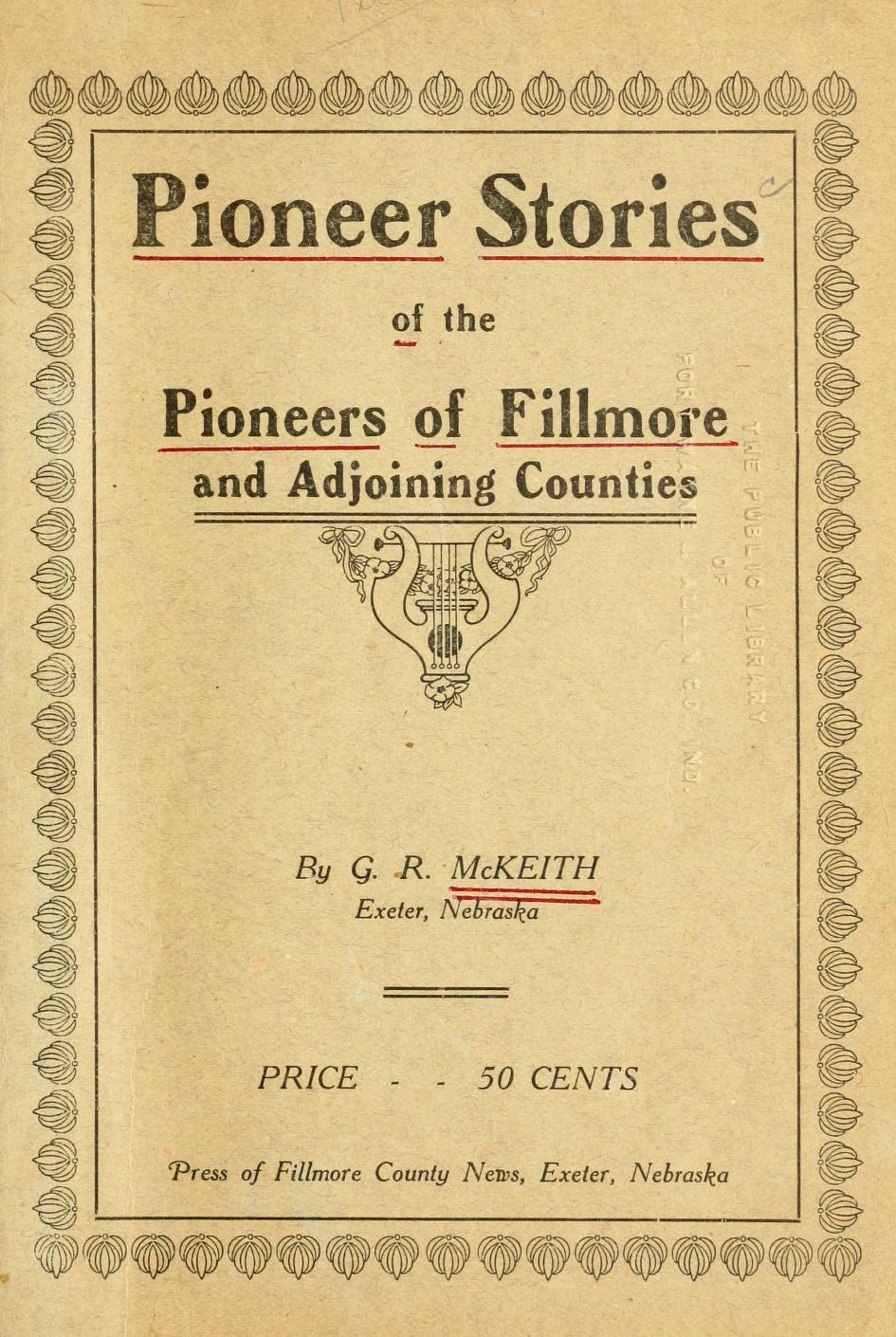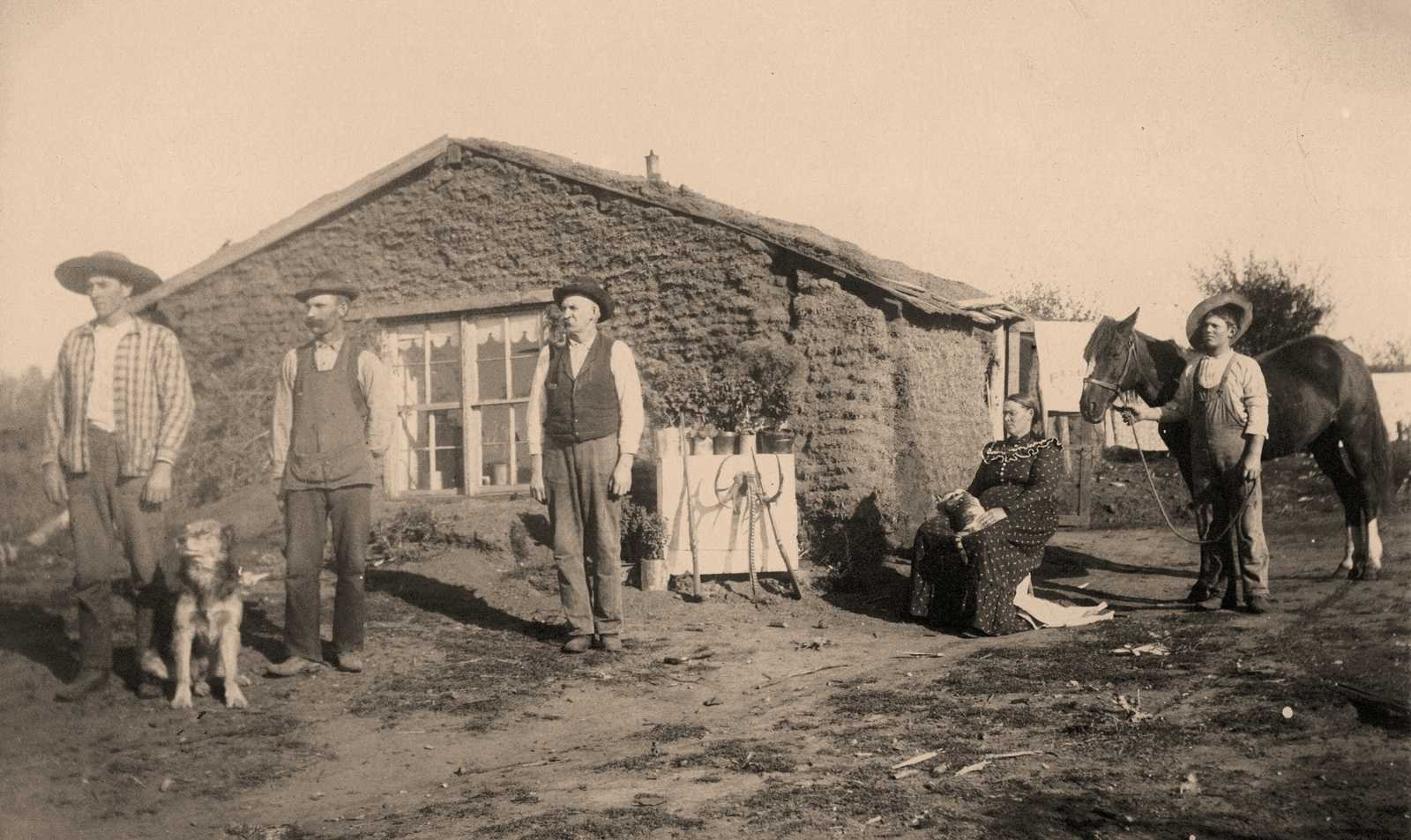Remembrances of Mrs M. E. Babcock
Mr. William N. and Mrs. M. E. Babcock came to Nebraska in the fall of 1870, remaining through the winter in Ashland. Mr. Babcock took up a Claim in February, 1871, and they moved onto it in May of that year. The land joined Dr. Smith‘s on the West, part of which is now the Town [[Presumed to be speaking about Exeter, Nebraska]]. Mr. Babcock died eight years ago and we are indebted to Mrs. Babcock for these reminiscences, who, let me say, fully appreciates the experience of having grown up with a new Country. Their first shelter was a … Read more



